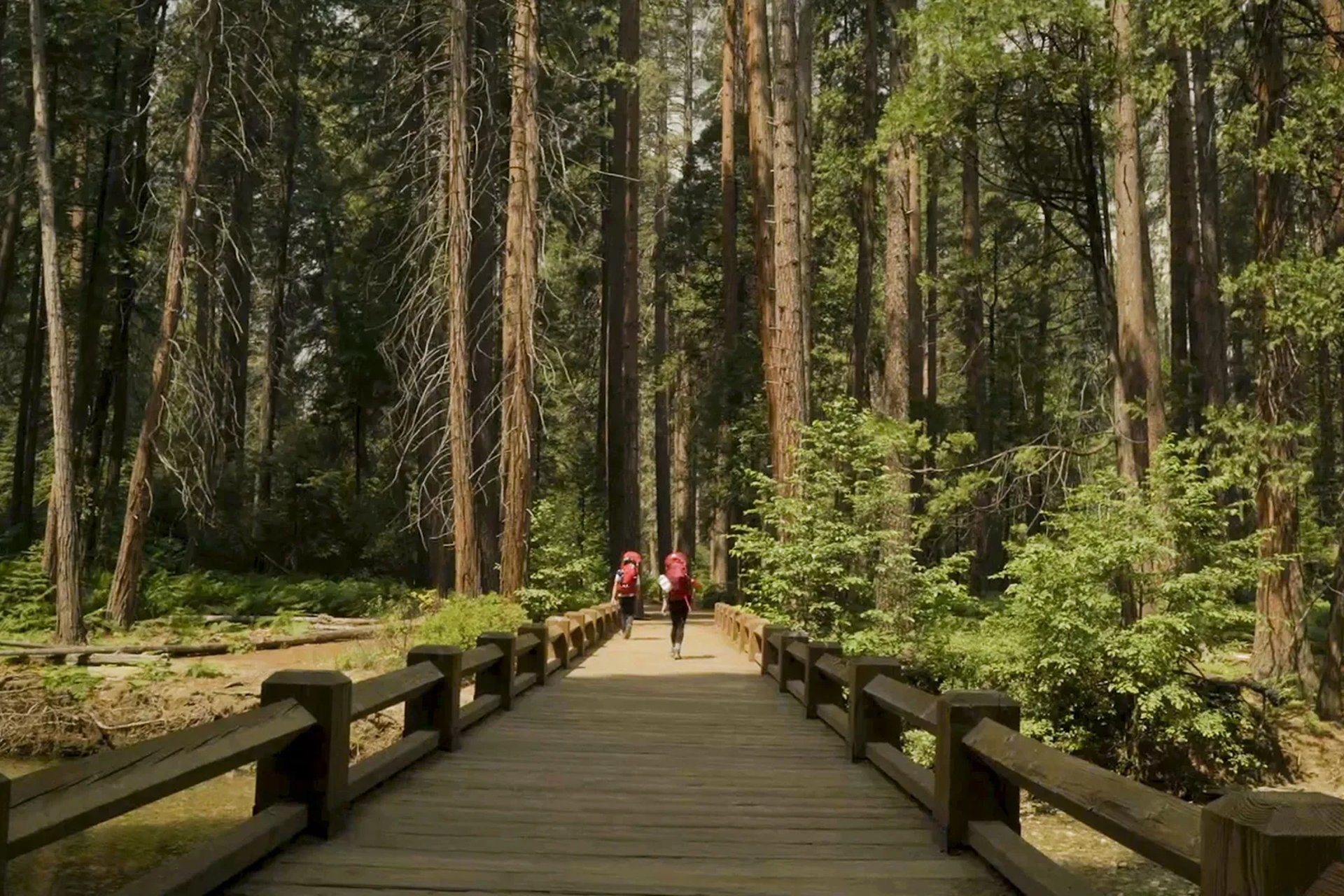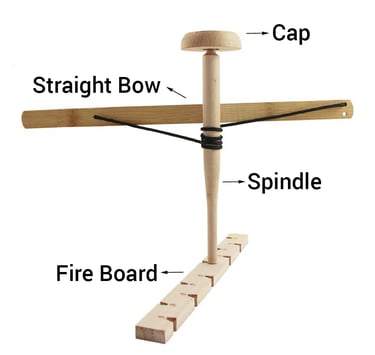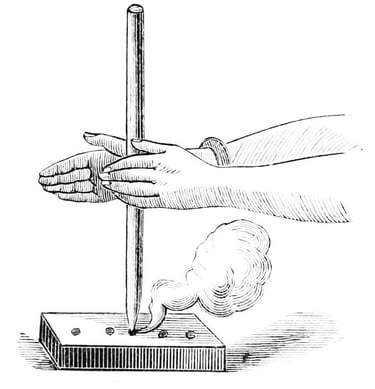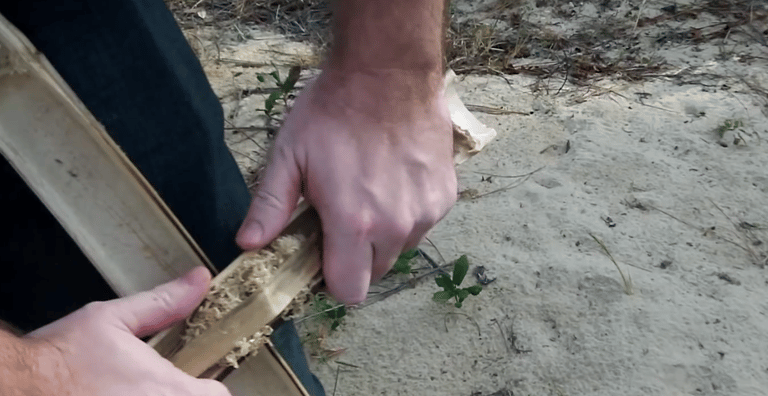
Mastering Fire Starting Techniques: Tips and Methods for Safely Starting Fires in the Wild Without Matches
Learn how to start a fire safely and effectively in the wild — without matches or lighters. This guide covers primitive and modern fire-starting methods, essential tools, and safety tips for mastering one of the most vital survival skills.
OUTDOOR SKILLS AND HOW TO
P & P
10/17/20254 min read


Mastering Fire Starting Techniques: Tips and Methods for Safely Starting Fires in the Wild Without Matches
Papaver & Petals is a participant in the Amazon Services LLC Associates Program, an affiliate advertising program designed to provide a means for sites to earn fees by linking to Amazon.com and affiliated sites. As an Amazon Associate, we earn from qualifying purchases at no extra cost to you.
Fire is the heartbeat of survival. It offers warmth, light, protection, and the ability to cook food or purify water. But when matches or lighters fail — or when you’re deep in the wilderness — knowing how to start a fire the old-fashioned way becomes more than a skill; it’s a necessity. In this guide, we’ll explore multiple fire-starting techniques, from friction-based methods to modern spark tools, along with essential safety and preparation tips.
1. The Fire Triangle: Understanding the Basics
Before lighting your first spark, understand what makes a fire burn. Every flame needs three things — heat, fuel, and oxygen.
Heat: The initial ignition source (spark, friction, or ember).
Fuel: The material that burns (tinder, kindling, and firewood).
Oxygen: Airflow that feeds and sustains the fire.
Without any one of these, your fire will fail to start or die quickly. A good outdoorsperson learns to balance all three through patience and preparation.
2. Gather Your Materials Before You Begin
Preparation is the secret to successful fire starting. Always collect three categories of fuel before you strike your first spark:
Tinder: The smallest, driest material that catches the spark. Examples include dry grass, birch bark, cattail fluff, or fine wood shavings. You can also pack cotton balls coated in petroleum jelly — they ignite instantly.
Kindling: Small sticks or twigs about pencil-thick that bridge the gap between tinder and logs.
Fuelwood: Larger branches or logs that sustain the flame once the fire is established.
Organize your materials in advance; scrambling for fuel mid-process usually leads to failure.
3. Primitive Fire-Starting Techniques
These methods rely on natural materials and skill rather than technology. They take practice but can be mastered with patience and the right technique.
Bow Drill
One of the oldest friction methods.
Requires a bow, spindle, fireboard, and socket.
The bow spins the spindle rapidly against the fireboard, generating heat and eventually an ember.
Drop the ember into your tinder nest and blow gently to create flame.
Bow Drill Kit Fire Starter - https://amzn.to/4o2W93m
Hand Drill
Similar to the bow drill but requires no tools — only a spindle and fireboard.
Roll the spindle between your palms to create friction.
This technique demands more endurance but works well in dry conditions.
Fire Plough or Fire Saw
Involves rubbing one stick rapidly against another in a groove until an ember forms.
Effective with softwoods like cedar or willow.
Primitive fire-starting connects you to the raw skillset of our ancestors, but it’s best practiced before you actually need it in an emergency.
4. Modern Spark and Ferrocerium Rod Methods
If friction fires aren’t your thing, modern tools provide reliable sparks even in wet conditions.
Ferro Rod (Fire Steel)
A ferrocerium rod and striker produce showers of hot sparks (~3,000°C).
Works well with natural tinder or man-made options like char cloth.
Scrape quickly and firmly at a 45° angle to shower sparks directly onto the tinder.
We love our: bayite 1/2 Inch X 6 Inch Large Ferro Rods - https://amzn.to/4r5nVyT
Flint and Steel
Traditional method using carbon steel struck against flint rock to create sparks.
Catch the spark on char cloth (cotton burned without oxygen) to form a glowing ember.
Transfer that ember into tinder and blow to flame.
We keep these in our emergency bag and also in our hiking bags just in case: AOFAR Magnesium Fire Starter AF-374 (2-Pack) https://amzn.to/3LKv47w
Battery and Steel Wool Trick
Touch fine steel wool to the terminals of a 9V battery — it ignites instantly.
Great for emergencies, but handle carefully and only on non-flammable surfaces.
Tried and true, this steel wool works the very best: Steel Wool Pads 0000 15PCS https://amzn.to/4iqugRH
5. Building the Fire: Shape and Structure
Once you’ve got your flame, it’s time to build it into a sustainable fire. Fire structure matters just as much as spark technique.
Common Fire Structures:
Teepee: Excellent for quick ignition and airflow. Place tinder in the center, kindling around it in a cone shape, and larger logs around the outside.
Log Cabin: Ideal for cooking or longer burns. Stack logs in alternating layers around the fire core to create a stable burn.
Lean-To: Great for windy conditions. Lay a large log as a windbreak and lean kindling and smaller sticks toward it over your tinder.
Maintain airflow and feed the fire gradually — patience is key.
6. Safety and Environmental Awareness
Fire is both a tool and a responsibility. Practice proper safety and respect the environment when building or extinguishing fires.
Clear the area of dry leaves and debris in a 3-foot radius.
Use existing fire rings whenever possible.
Keep water or sand nearby to extinguish flames fully before leaving.
Never burn plastics or treated wood — they release toxins and damage ecosystems.
In wildfire-prone regions, always check local fire restrictions or red flag warnings before starting any campfire. Wind is you worse enemy in wildfire prone areas so please be aware when lighting and managing a burning fire.
7. Practice Makes Perfect
Like any survival skill, fire-starting takes repetition. Practice in controlled conditions before heading into the wilderness. Try different tinders, woods, and tools to see what works best in your local environment. Confidence in your technique could one day mean the difference between comfort and danger.
Final Thoughts
Fire connects us to nature’s raw elements — warmth, survival, and light in the darkness. Learning how to start one without modern tools isn’t just about self-reliance; it’s about rediscovering our connection to the natural world. Whether you’re a survivalist, backpacker, or weekend camper, mastering these fire-starting methods ensures you’re always prepared to turn a spark into survival.






